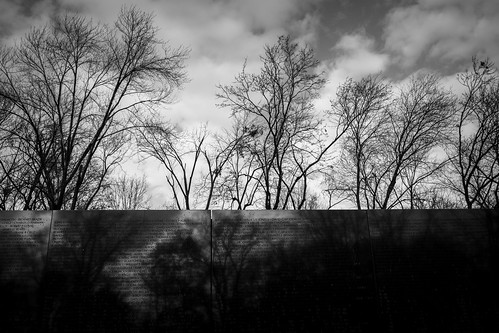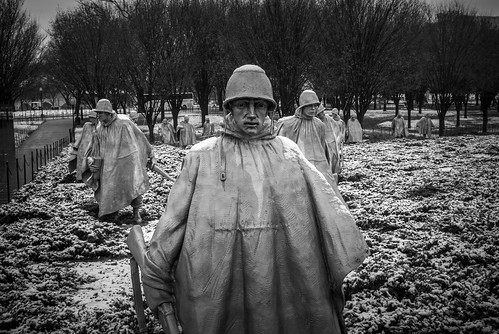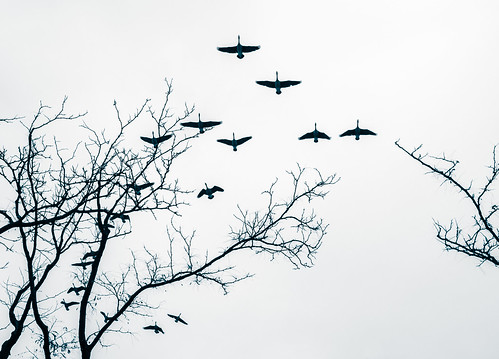Fujifilm X100S, 1/30 @f2.0, ISO 1600.*
I found myself in a bit of a photographic rut recently, not on assignment, but in my personal photography. I think this happens to all of us from time to time and there are probably many reasons, however, since I'm not a psychiatrist or therapist of any kind, I won't try to analyze the why, but instead reflect a bit on how I cope. And this time, it simply took a walk in the park with my camera.
In a 2014 post titled 5 TIPS TO GET YOU OUT TAKING PHOTOGRAPHS, I shared ideas to help motivate you and get you out shooting, but this post is more about understanding that even while out shooting, sometimes it just doesn't click.
I titled this photo Santa and his Reindeer. Fujifilm X100S,1/30 @f2.0, ISO 1600.
I think it's important to remember that this happens to all creative people and that it's important to accept that we can't be 'on' all the time, that it really is healthy to have short periods of creative downtime. The key is to not allow those short periods to stretch into long periods and to find ways to overcome and manage these slumps so that you don't stay there or worse, give up entirely.
When I'm in a creative rut, I do what can sometimes be the hardest thing to do, grab your camera and go out. Shoot pictures. Bad pictures. Anything. It's alright because not shooting will never get you out of your rut.
The statue of Milton Hershey seems to be rising from the steam caused by unseasonable warm weather. Fujifilm X100S,1/ 30 @f2.0, ISO 320.
Back to that walk in the park. It had been a few weeks since I had taken a photo I liked and then came a two-day visit to Hershey, Pa. On the first day as I walked around downtown I could sense some creativity coming back. As I started shooting I began to see things, everyday things, things unique to Hershey, that I had been ignoring. That's the thing, you will sense when that creativity is returning. That night I resisted the urge to download the photos from that day because I didn't want to be discouraged if the results failed to meet the feeling I knew was coming back.
The park wasn't completely empty, but the weather did keep many people away which gave the park an ominous feel. Fujifilm X100S, 1/60 @f2.8, ISO 1600.
The next night I visited Hersheypark's Christmas Candyland and somehow had a sense that I was going to get photos that I liked. There was fog, mist, and some light rain which might have dissuaded some, but experience tells me that this was the exact time I should be out shooting. And within an hour, I knew I was getting photographs that I liked.
Once that feeling returns, you get lost in the process of making photographs and forget that you were ever in a slump.
Fujifilm X100S,1/30 @f2.0, ISO 1600.
* All photos were taken using the Fuji X100s which has a fixed 23mm (35mm DSLR equivalent) lens. The camera was set to record both in raw and jpeg formats with a monochrome yellow preset on the jpegs. I used auto ISO, set to a maximum of 1600. While I typically shoot in aperture priority, these photos were all taken in manual mode.






















